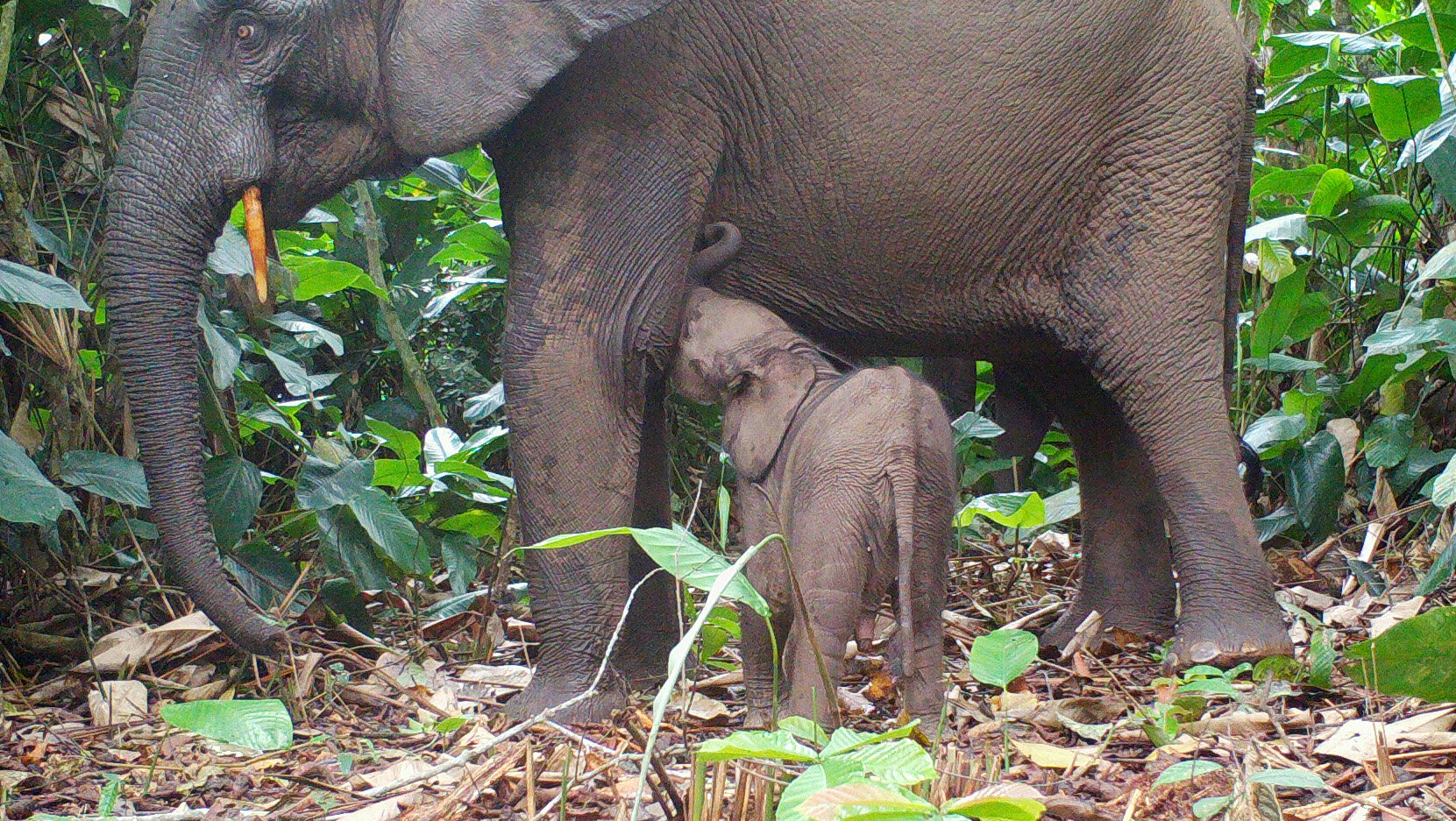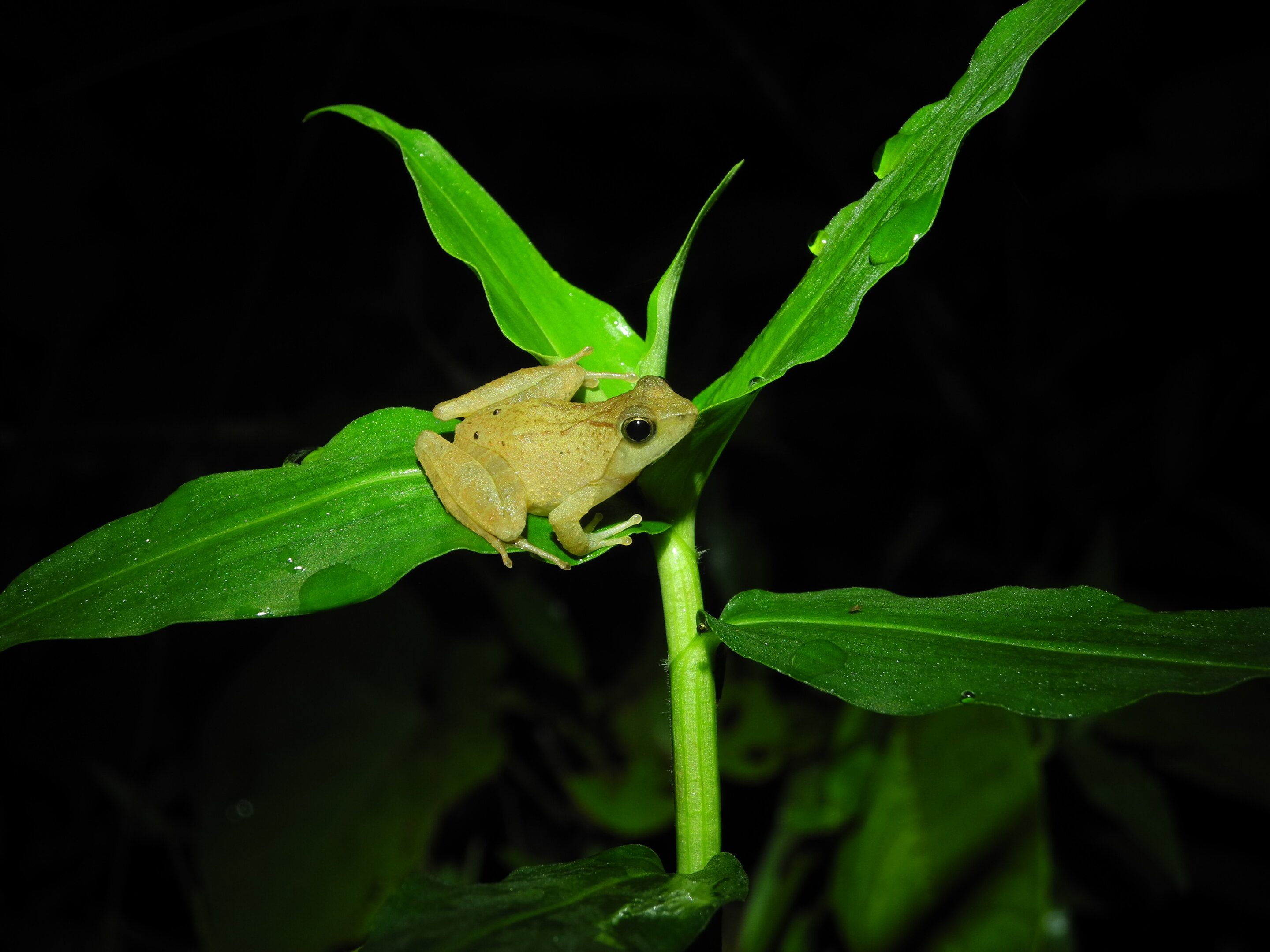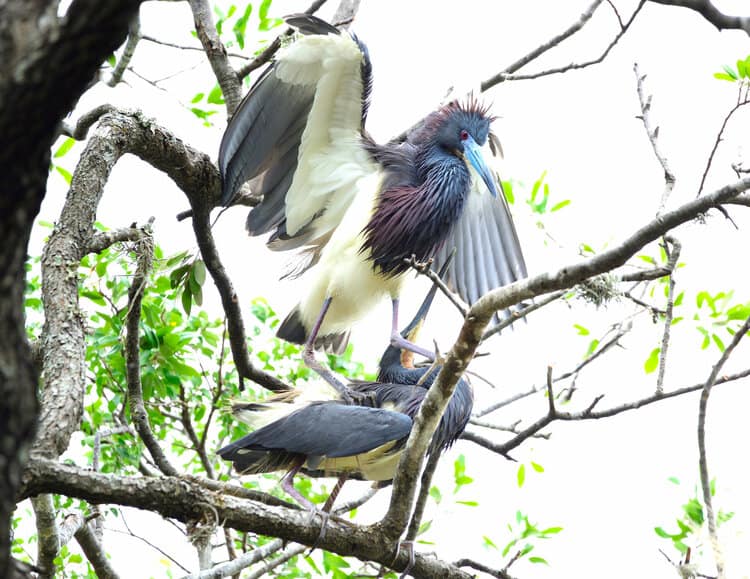The Limpkin (Aramus guarauna) is a tropical wading bird with Florida being the northern limit of it’s traditional range. Hunted to near extinction in the early 20th century, the Limpkin has made a remarkable comeback.
These photos were taken in a fresh water canal in my “very suburban” neighborhood. I believe these birds are a mating pair and I will keep observing them to see if they produce any chicks.
Found near fresh water in all of peninsular Florida, there are increasing reports of sightings in Georgia and the Carolinas. I wonder if this is an adaptation to global warming, increased population….and I have a real suspicion that diet change has not only increased Limpkin distribution, but also it’s numbers.
All of the books, websites and field guides state that Limpkins feed almost exclusively on Apple Snails(Pomacea spp), but this pair has been eating Asian Clams (Corbicula fluminea).
Apple Snails are a native Florida species, while the Asian Clam is an exotic and invasive! Hmmm….what a wonderful adaptation….expanding it’s diet to consume large numbers of readily available invasives. I hope that biologist readers will consider this and comment!
The fresh water lakes, ponds and canals are replete with Asian Clams….a species brought here from SE Asia early in the 20th century…either inadvertently or as a food source by immigrant Asians.
This pair has been busy digging clams out of the muddy shallows….the banks of the canal are littered with dozens of shells.
This is an Apple Snail…..I have seen Limpkins feeding on them at the Celery Fields in Sarasota.
The call of the Limpkin is both unique and famous…..a loud and rather raucous crying sound, heard most often at night, orat dawn. These birds are mostly nocturnal….guess I was lucky to observe them during the day.The Limpkin call was used in many Tarzan movies (for jungle sounds)….and most recently, a recording from Cornell University’s extensive bird call collection was used for Harry Potter’s, Hippogryph!!!
A 28″ tropical, fresh water, wading bird…..where do you suppose it’s taxonomy lies? Scientists ponder and disagree, but the consensus seems to put them in a family of their own, most closely related to cranes.
Here’s is Aububon’s painting of a Limpkin. The very unnatural pose reminds one that he generally killed the bird and then painted it’s lifeless body. Acceptable for his time I guess, but certainly not now. Birding in Florida is just wonderful….many great places, and many species found in unlikely places and easily observed.
I’ll be watching this pair…..and for a nest. The books are really vague about nesting behavior……”nests found on the ground, in the reeds near water, in bushes, or in trees up to 20′ off the ground…or higher!”If you want to join me, drop me an e-mail……I’d love to share this birding opportunity.
Steven Scott
Steven Scott is a photonaturalist blogger based in Florida and Maine. He has surveyed butterflies with Earthwatch Institute in the mountains of Vietnam, tagged juvenile snook with Mote Marine Laboratory in the mangroves of Florida and filmed a BioBlitz insect survey in Acadia National Park. A registered nurse and retired Army officer, Steven believes man is an integral part of nature and travels annually to Vietnam with humanitarian medical teams from Vets With a Mission.










Leave a Reply